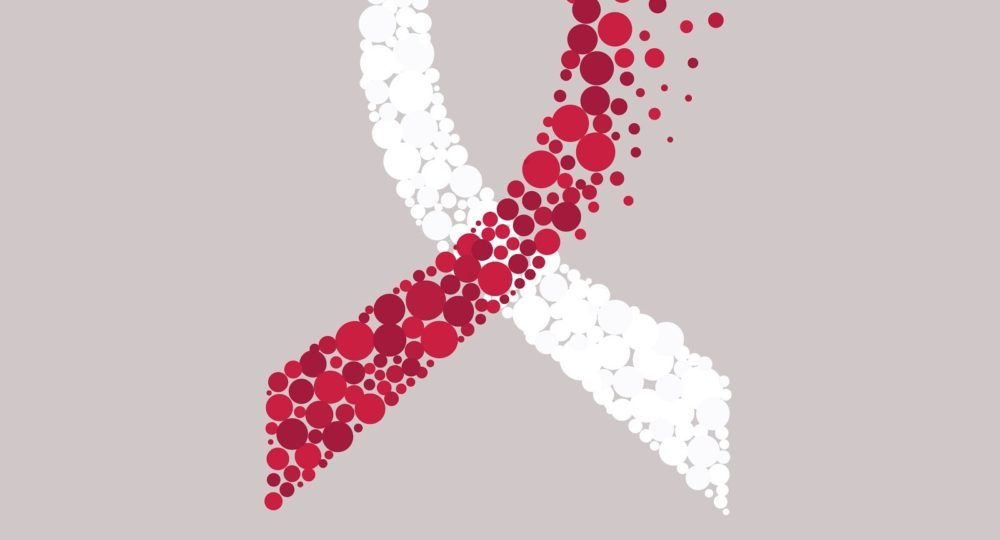When you see articles published or hear news reports about Oral, Head and Neck Cancer do you realize all of the anatomical sites included in these areas? The areas include the tongue, throat, voice box/larynx, nasal cavity, sinuses, lips, mouth, thyroid gland and salivary gland.
How many new Oral, Head and Neck cancers are diagnosed each year?
Raising awareness about Oral, Head and Neck Cancers is important as 550,000 new Oral, Head and Neck cancers are diagnosed worldwide each year; 110,000 of those occurring in the United States which represents approximately 6% of all cancers diagnosed in the U.S.
What increases your risk of developing Oral or Head and Neck cancer and does it occur more often in men or women? As you may already be aware, smoking, chewing tobacco and alcohol consumption contribute to an increased risk for developing Oral, Head or Neck cancer and men are affected more often than women with the exception of thyroid cancer. Additionally, environmental exposure to dust, glues, formaldehyde, mustard gas, some heavy metals and radium can increase one’s risk. Oral or head and neck cancers occur more often in men with the exception of thyroid cancer which is more common in women. But did you know that Human Papillomavirus (HPV) has also been attributed to over 10,000 new Oral, Head and Neck cancer cases annually in the U.S.? It has specifically been attributed to over half of tonsillar cancers in the U.S.
Do you know the warning signs of Oral or Head and Neck Cancer? Some of the symptoms you may encounter are:
- a red or white patch that develops in your mouth that is sore and doesn’t heal (these sores can develop inside your cheek, on your gums, on the roof or floor of your mouth, on your lips or tongue)
- a persistent sore throat
- persistent hoarseness of your voice
- persistent ear pain
- a lump in your mouth or neck that doesn’t go away
- frequent nosebleeds or bleeding in your oral cavity
- numbness in the cheek or facial swelling/pain
What should you do if you experience one or more of the symptoms listed above?
You should contact an Ear, Nose and Throat specialist for an appointment. ENT physicians will order appropriate testing to determine if your symptoms warrant a cancer diagnosis or some other condition that needs to be addressed. To find an ENT physician in your area click here.
Why is awareness about Oral and Head and Neck cancer so important? Awareness of the causes and warning signs of oral or head and neck cancer can ensure timely diagnosis and treatment of cancer. Sixty-six percent (66%) of the time these cancers are not diagnosed until the cancer is already a Stage 3 or Stage 4 which means the cancer is harder to treat and obtain a potential cure.
What is the most common treatment for Oral and Head and Neck cancer?
Typically surgery and radiation therapy are most commonly used to treat oral or head and neck cancers. Chemotherapy is sometimes recommended for patients with advanced disease.
If you or someone you know is looking for additional resources relating to Oral or Head and Neck Cancer, please visit the following websites:
- http://www.entnet.org/
- https://www.headandneck.org/
- https://www.inspire.com/groups/head-and-neck-cancer-alliance/
Please share this education and spread awareness about Oral and Head and Neck Cancer … your efforts could help save someone’s life!





